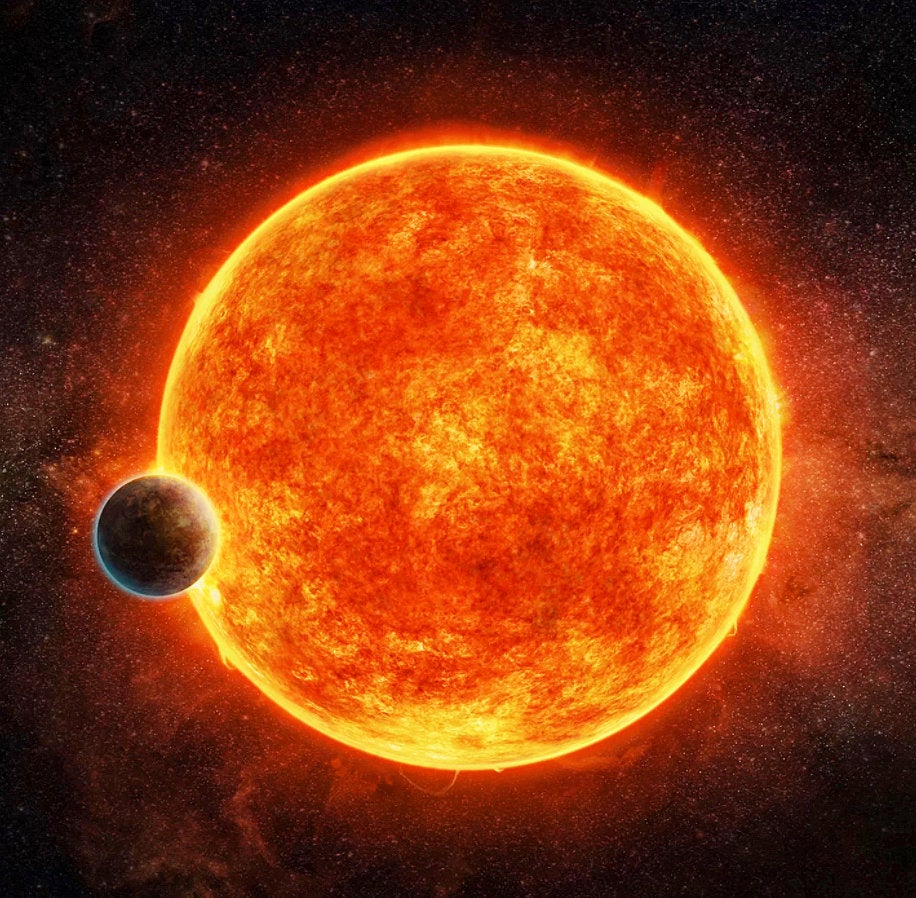Imagine going to bed in one year, and waking up in another. That's reality on the newly discovered Kepler 78b, an Earth-sized, fiery planet that speeds around its star once every 8.5 hours.
Located about 700 light-years from Earth, Kepler 78b was spotted by researchers at the Massachusetts Institute of Technology and announced in two recent journal articles. Using NASA’s Kepler space telescope, the research team searched through more than 150,000 stars in its bid to find planets with exceptionally short orbital periods (what is known as a year on Earth), according to a statement from MIT.
"One of the surprising things in our field is that planets can be very close to their stars," study co-author Dr. Josh Winn, an associate professor of physics at MIT, told The Huffington Post. "[We wondered] what is the extreme case of a planet that is as close as possible to a star? Do they exist?"
The Earth-sized Kepler 78b has one of the shortest orbital periods recorded so far. The researchers found the planet after noticing the change in starlight that occurred each time the planet passed in front of its star while in orbit.
“I was just looking by eye, and all of a sudden I see this extra drop of light right when it was expected, and it was really beautiful,” physics graduate student Roberto Sanchis-Ojeda said in the statement. “I thought, we’re actually seeing the light from the planet. It was a really exciting moment.”
Is the planet habitable? Not likely due to its close proximity to its star. Winn told HuffPost that the temperatures on Kepler 78b are so hot that the surface of the planet is likely molten lava.
Winn said that the team's research in regards to "ultra short period planets" similar to Kepler 78b is ongoing. So far, a planet that the team thinks is closest to its star makes a full orbit in 4.25 hours, Winn said.
"It seems unlikely there would be any planets much closer than that," he told HuffPost, noting that any planet orbiting that close to its star would have to be extraordinarily dense in order to avoid being torn apart by the star's gravity field.
More information about Kepler 78b and the MIT research team is available in the The Astrophysical Journal and Astrophysical Journal Letters.
